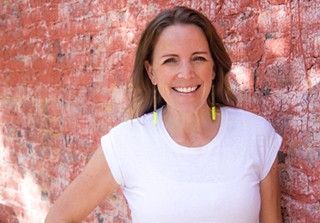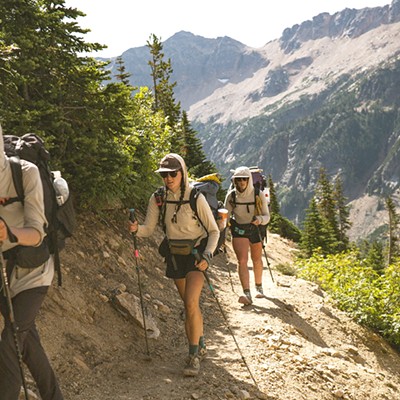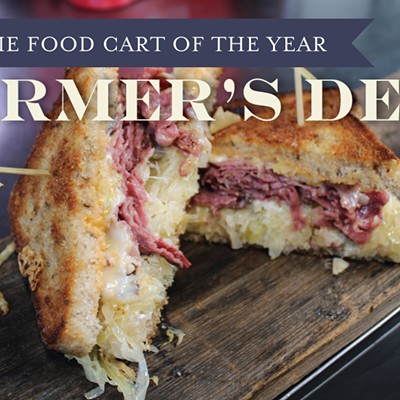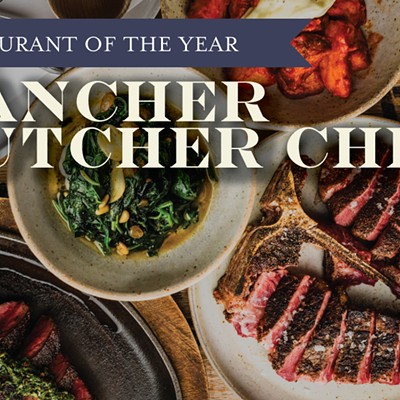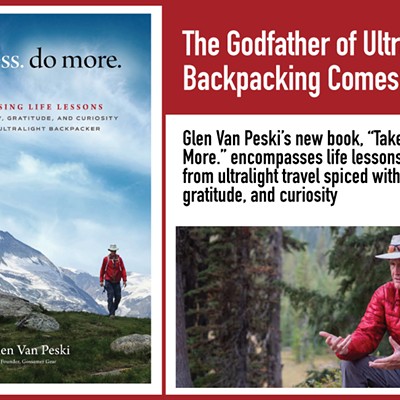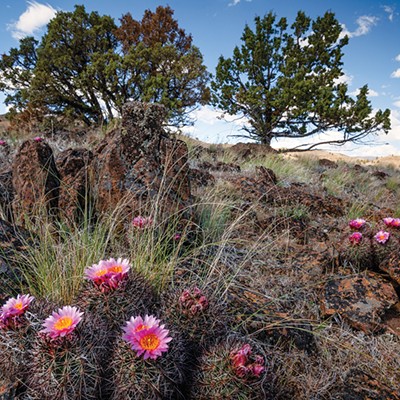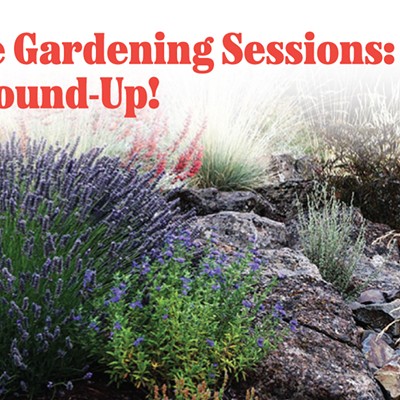Not long ago, Central Oregonians were introduced to Think Wild, a new wildlife hospital and conservation center located along Erickson Road in Bend. On any given day, the center may be occupied by orphaned baby birds, mammals hit by cars or any number of wild creatures reported to Think Wild's wildlife hotline.
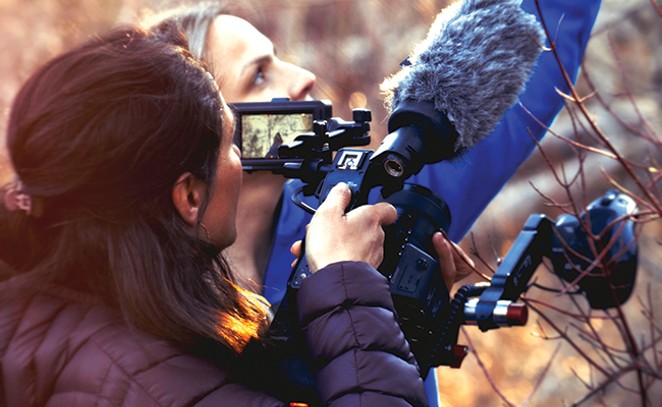
Filmmaker Elif Koyuturk, a recent transplant from Istanbul, Turkey who now works as the social & community impact manager at Bend-based Puffin Drinkwear, saw something special in Think Wild's mission and endeavored to make a film about the work it does. The film, titled "Bridging the Gap," is described by Koyuturk as a film aiming to "bridge the gap" between the human understanding and the natural world. It's theme in her work, said Koyuturk, whose other film and photography projects have involved everything from embedding herself among nomadic goat herders in her home country to photographing remote desert dwellers in the U.S.
The short film featuring Think Wild (and financed by Puffin) will appear in the "Local Focus" category at this year's BendFilm, along with being an Official Selection in the LA Independent Women Film Awards. I chatted with Koyuturk recently about the making of "Bridging the Gap."
WATCH: Trailer for "Bridging the Gap"
The Q&A has been lightly edited for clarity and length.
Source Weekly: Tell us about the film.
Elif Koyuturk: So Think Wild is our wildlife rehabilitation hospital in Bend and it's run by this amazing woman. They're mostly volunteers and nonprofit and they restore and preserve our wildlife.
You need a lot of passion when you're doing a thing like that, working at a nonprofit, and I feel like that's your life as a doctor. So the film follows Pauline [Hice], the director of Wildlife Rehabilitation. She was the first person I met, and I got fascinated by her humbleness and her really motherly connection to the topic was really moving.
I started filming her and then I got into the whole story—fascinating because these amazing people are saving lives, right? It was so interesting because when I first started doing this film, I didn't know about wildlife rehab centers, so I looked at Google—nothing. Like, no films. There was one film about cats in Astoria. That was it. There was a gap there, like hey, now you have this film where people actually can understand by what rehab and conservation look like.
SW: The film really has a "filmic" quality rather than feeling like a promo video. What was your approach in making it?
EK: I'm the one-person team and I have my camera—I shot with FS7 Sony—and was really spending time with them and really understanding Pauline, first before anything, because she really didn't like the camera. She's like, 'I just want to do what I want to do and because that's my passion.'
So my approach has been—it's my hero. Understand my hero. Feel the friendship with my hero. We are still friends. She's lovely. And then you know, start building a natural cinematic style around her natural rhythm of life.
Cinematically, it is more of like, around my characters' emotions and building the color around that, the movements that using the natural elements. What does she feel when she actually touches a hawk, when she is healing that—what's that feeling? Those kind of like studying a more poetic way than a technological way.
You know, when you have another cinematographer on set as a director, you can actually focus on that more, but I was focusing on the emotion momentarily and then making the moves and really getting her real emotion out without being too high-production like. It's a play; it's like a child-like play.
SW: What do you think this film has meant for Think Wild?
EK: I don't want to put words in their mouth, but it was really inspiring for them that the film could materialize, their values. You know, I was super careful when I was editing when I was filming to really like represent what they meant and instead of labeling things for trend-setting things, you know, that's popular.
So I think from their eyes they really understood what it takes to make a real film. It's not a promotional piece.
SW: Do you find yourself like taking parts and becoming more than the filmmaker?
EK: Yeah, I am like a behind the camera, like crying with them. There was a couple in tears and Pauline was sharing her story and I was too... and the camera shakes, a little here and there. Yeah, you be in their shoes.

